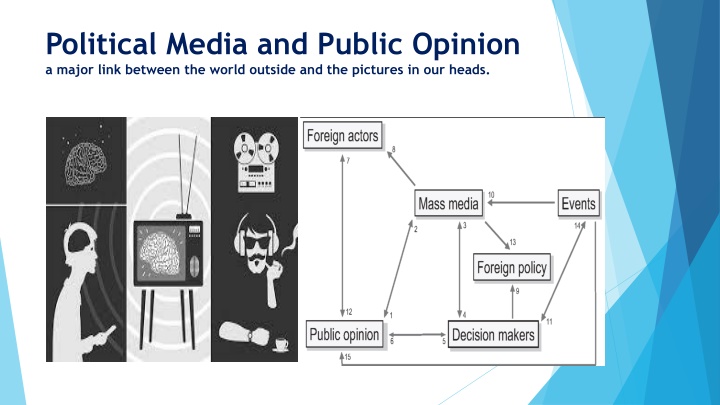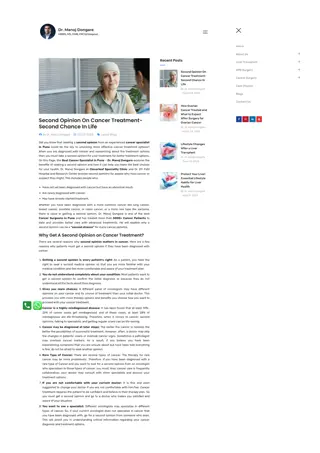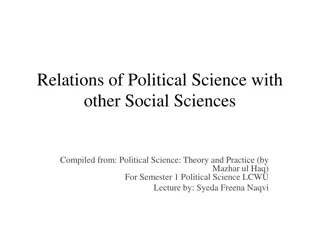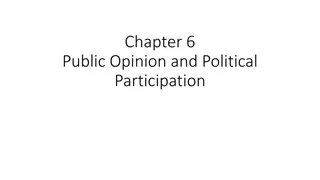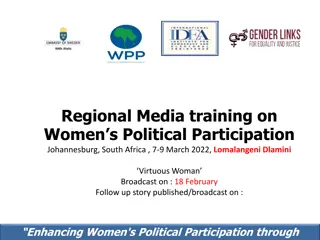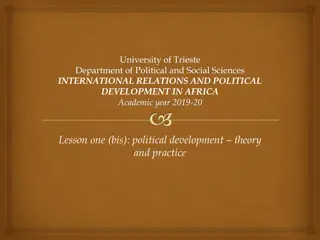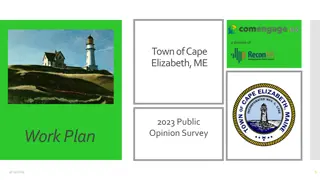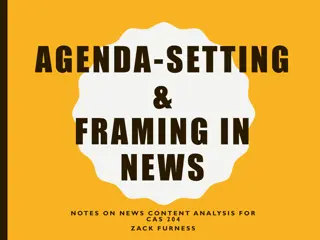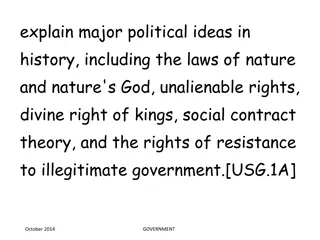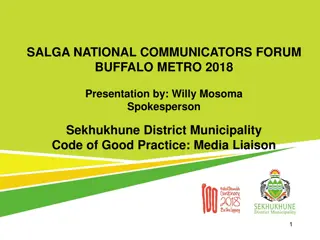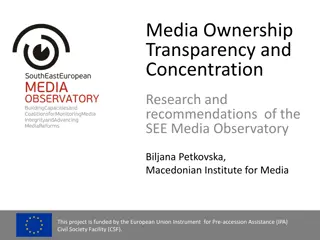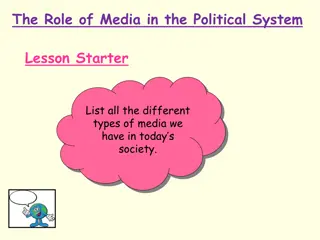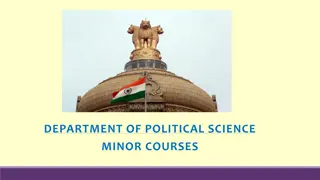Political Media and Public Opinion
Connecting the external world with our perceptions, political media plays a pivotal role in shaping public opinion. Understanding this relationship is crucial to comprehend sociopolitical dynamics.
Download Presentation

Please find below an Image/Link to download the presentation.
The content on the website is provided AS IS for your information and personal use only. It may not be sold, licensed, or shared on other websites without obtaining consent from the author.If you encounter any issues during the download, it is possible that the publisher has removed the file from their server.
You are allowed to download the files provided on this website for personal or commercial use, subject to the condition that they are used lawfully. All files are the property of their respective owners.
The content on the website is provided AS IS for your information and personal use only. It may not be sold, licensed, or shared on other websites without obtaining consent from the author.
E N D
Presentation Transcript
Political Media and Public Opinion a major link between the world outside and the pictures in our heads.
Outline: Media in Today s Society Communication why and to what end Culture and Society. The concept of Mass Media. The Influence of Mass Media. The concept of Public Opinion. The Relationships Between Mass Media, Public Opinion. Walter Lippmann s thesis in Public Opinion. Public Opinion and Democracy. The Role of the Media in the Construction of Public Belief and Social Change.
Media in Todays Society: Media in today s society is our life line. It comes in many different forms to match your personal desires. There is magazines, newspapers, internet, television, news, radio, and of course social media sites. Every day, people around the globe are connected to media through technology and collects information. Through these advancements in technology we are able to consistently check media and see and hear it at a moment s notice. There are many issues that arise with this. Media can affect relationships, consume our time and most concerning influence our opinions and thoughts.
Why Communication and to what End: What is Communication? communication is the exchange of information and meaning. We are constantly communicating, in a wide range of different contexts, such as with each other (interpersonal communication), with different cultural groups or subgroups (intercultural communication), or to large audiences (mass communication). Different types of communication ? 1-Interpersonal communication, or one-on-one talking and rhetoric, where we analyze things like tone, body language, and speech. 2-Mass communication, which includes one-to-many and many-to-many communication acts, with a particular interest in mediated communication, such as with the press.
Why Communication and to what End: Different types of communication ? 3-Organizational communication, where we look at how people organize their information exchanges to maintain and facilitate group behavior. 4-Intercultural communication, which looks at the exchange of information and ideas across different cultural groups or subgroups. However, to understand communication, we need to understand the place of communication in culture. Culture as a term is widely used in academic as well as in daily speech and discourse. It has various dimensions today built from the different needs and uses of each field, in anthropology, sociology or communication studies.
Culture and Society For communication studies, culture can be defined as a set of learned behaviors shared by a group of people through interaction. Culture and society, though similar, are different things. Cultures are defined by these learned behaviors and schemas. Societies at their simplest can be defined as groups of interacting individuals. However, it is through this interaction that individuals develop and communicate the markers of culture, and so in human societies, it is very difficult to separate out culture and society. What might be some of the cultural roles of communication in everyday life? In no particular order, we can talk about the following: 1 Communication tells stories, perhaps they retell stories. Communication, particularly mass communication and media, tends to fall into repetitive patterns of representation and ideology, ones that often reinforce the dominant hegemony of a culture or society.
The Role of Communication 2 A second role that communication plays in everyday life is to help maintain social order by taking on a kind of surveillance operation, in that communication demonstrates to a society what behaviors are considered acceptable and unacceptable. 3 A third role that communication plays is to help us interpret and make sense of information. 4 This act of interpreting, of governing behavior, and even of storytelling, is of course at its heart a representation of a particular set of values and ideologies that emerge from and are part of a culture. It is very important to remember that no act of communication is ideologically neutral. So, to recap. Communication is pervasive and an integral part of our everyday lives we cannot imagine our world without communication. Communication serves a number of functions in society :pragmatic, normative, ideological and informational.
The Concept of Mass Media Mass Media is the means of communication that reach large numbers of people in a short time, such as television, newspapers, magazines, and the Internet. Each tools of these Mass media focus on the public s attention on certain personalities and issues, leading many people to form opinions about them. The mass media is a powerful guardian of proper political behavior because audiences tend to trust the press, who they believe should inform them about government wrongdoing and provide proper suggestions. All mass media is politically important because of its potential to reach large audiences The influence of mass media has an effect on many aspects of human life, which can include voting a certain way, individual views and beliefs, or skewing a person's knowledge of a specific topic due to being provided false information.
Main Categories of Media Media can be broken down into two main categories: broadcast and print. The Internet has also emerged as a major player, as a rapidly-growing number of people globally get their news, movies, etc. online. Print Media includes all types of publications, including newspapers, journals, magazines, books and reports. It is the oldest type, and despite suffering since the emergence of the Internet, is still used by a major proportion of the population. Broadcast Media refers to radio and TV, which came onto the scene at the beginning and middle of the 20th century respectively. Most people still get their news from TV and radio broadcasts however, experts predict that it will not be long before online sources take over.
Internet: the most dominant category of Media The Internet specifically websites and blogs are rapidly emerging as viable and major channels of communication as more and more people seek news, entertainment and educational material online.
The Influence of Mass Media: Effects of Mass Media in General: 1- Mass media is so influential in shaping public opinion. 2- Mass Media is the actual force exerted by a media message, resulting in either a change or reinforcement in audience or individual beliefs. 3-The mass media reinforce latent attitudes and activates them, prompting people to take action. Such as election. 4- The mass media play another important role by letting individuals know what other people think and do. 5- Mass media changes decisions with a particular tactic and use it in a systematic and diverse way. makes a subject more attractive and generates a strong emotion around it.
The influence of Mass Media: The mass media is a powerful guardian of proper political behavior because audiences tend to trust the press, who they believe should inform them about government wrongdoing and provide proper suggestions. All mass media is politically important because of its potential to reach large audiences. The concept of Public Opinion. Public opinion consists of the desires, demands and thinking of the majority of the people. It is the collective opinion of the people of a society on an issue or problem. In another words, public opinion is A participating opinion, IT is those attitudes and voices held by a significant number of people on matters of the government and politics. The main factors shaping public opinion include family, school/education, mass media, peer groups, opinion leaders, and historic events.
